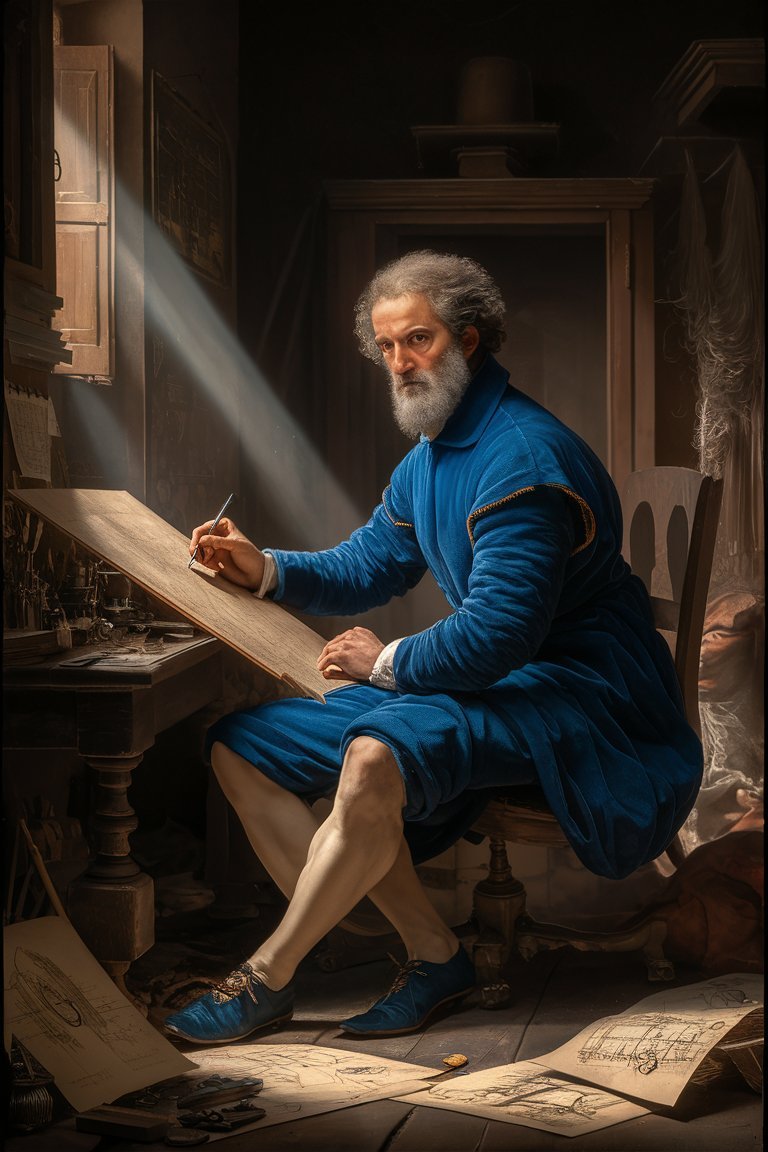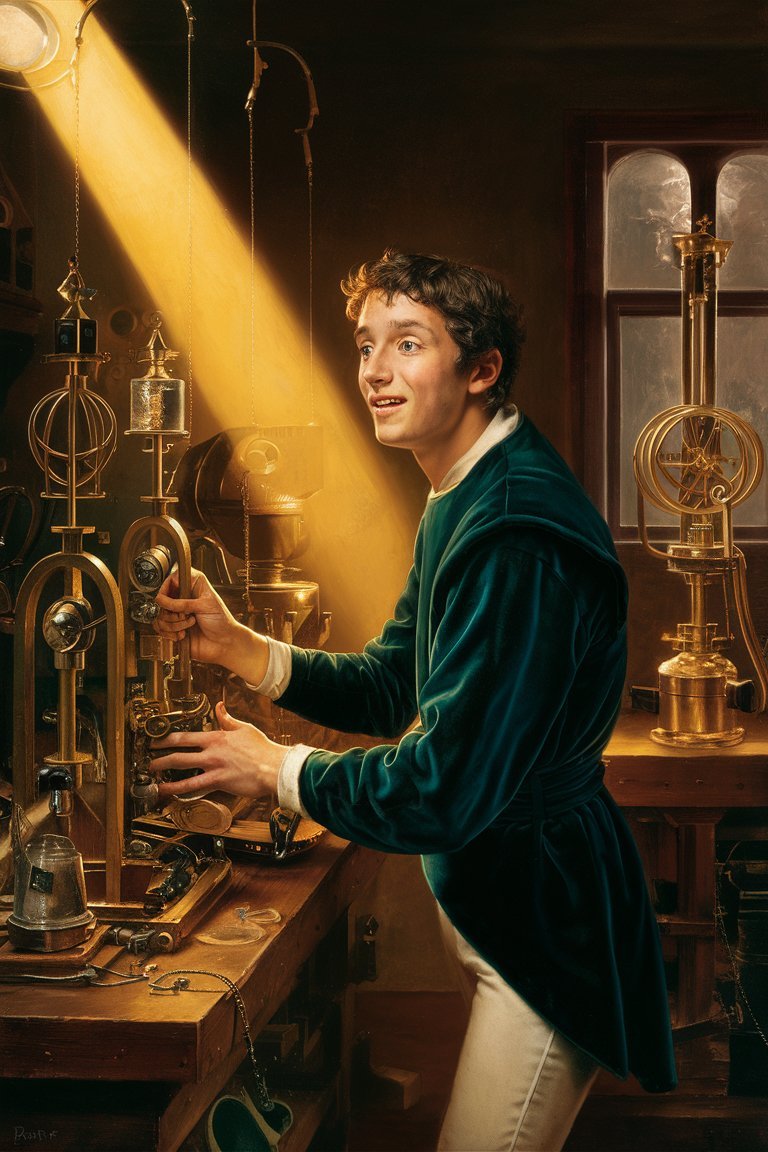Our values
Science of the people, for the people.
Art as the Ultimate Expression of Scientific Beauty
Past
The Renaissance was a golden age of artistic innovation, marked by a proliferation of new techniques, styles, and materials that revolutionized the way art was created and experienced. One of the most significant advancements was the development of linear perspective, which allowed artists to depict three-dimensional space with unprecedented accuracy and depth. Techniques such as chiaroscuro, the use of light and shadow to create a sense of volume, added richness and drama to paintings of Caravaggio. Additionally, artists explored new mediums such as oil paint, which offered greater flexibility and luminosity compared, especially when obtained from new sources of pigments. These innovations transformed the visual arts, enabling artists to express a newfound sense of realism and emotional depth in their work. As you can see, that was the true spirit of renaissance, a dream-like blending of math, early chemistry, metallurgy, pure talent and ideas.
Future
Looking into the future, artists have a wealth of modern materials and technologies at their disposal to push the boundaries of creativity even further. Imagine innovative composite materials like carbon fiber, with its strength, flexibility, and lightweight properties, revealing unimaginable possibilities for sculptures and architecture. Imagine towering sculptures that defy gravity, suspended in mid-air with the grace and delicacy of a dancer. Or, just for a brief moment, imagine how complex and intricate patterns can be made with modern lasers.
Artists of the future may harness these technologies to create virtual worlds that blur the line between the real and the imaginary, inviting audiences to explore realms limited only by the bounds of imagination and inspire new discoveries by feeding the inventors with the pure beauty.
Dream
Furthermore, as scientific and technological advancements continue to accelerate, artists may have access to materials, pigments, and instruments that have yet to be conceived. Nanotechnology, for example, could enable the creation of pigments with properties far beyond those of traditional colors, allowing artists to paint with materials that shimmer and shift in response to light or even change color based on environmental conditions. Similarly, advances in biotechnology may lead to the development of entirely new mediums for artistic expression, from living sculptures grown from genetically engineered organisms to digital canvases that respond dynamically to the touch of the artist’s hand. Do you also dream about the fields of bioluminescent plants?
Imagine swarm of ideas emerging in the brains of future scientists while they meditate in the gardens of heavenly beauty we can only experience in our dreams.




